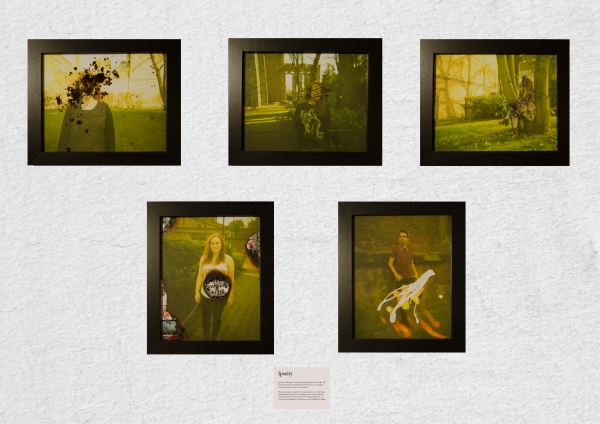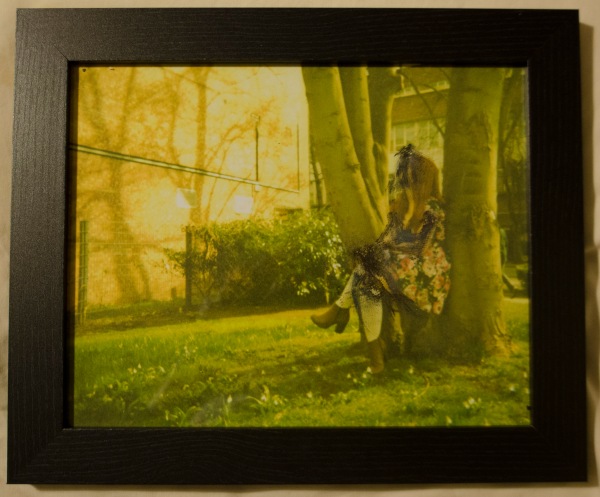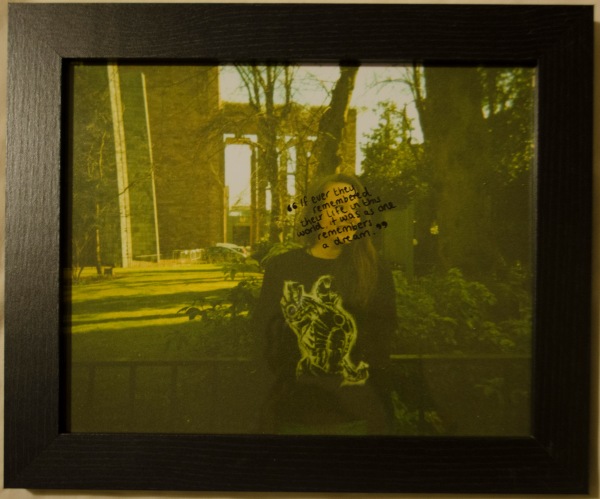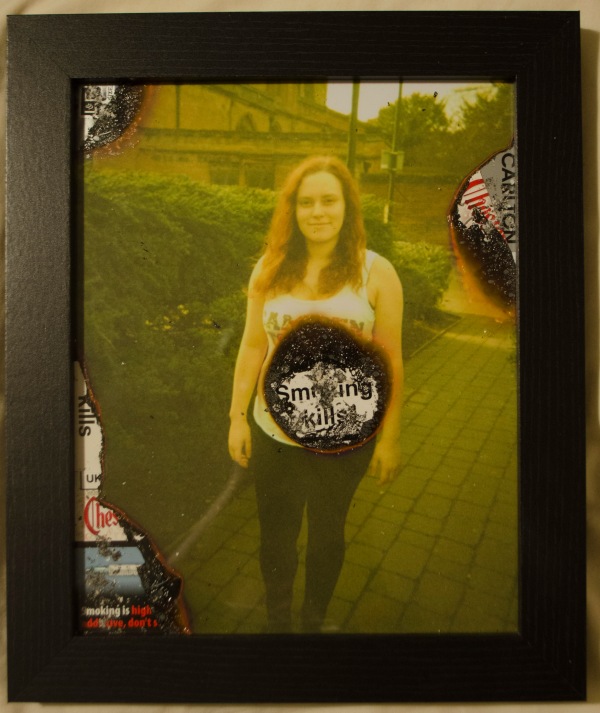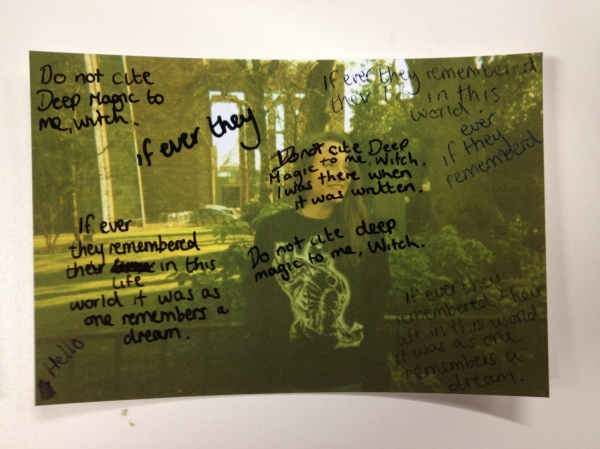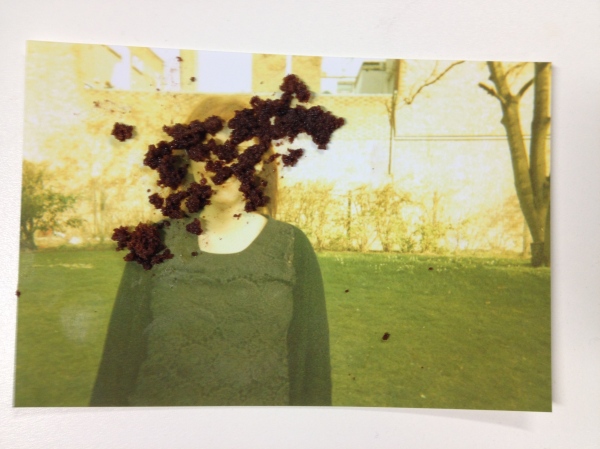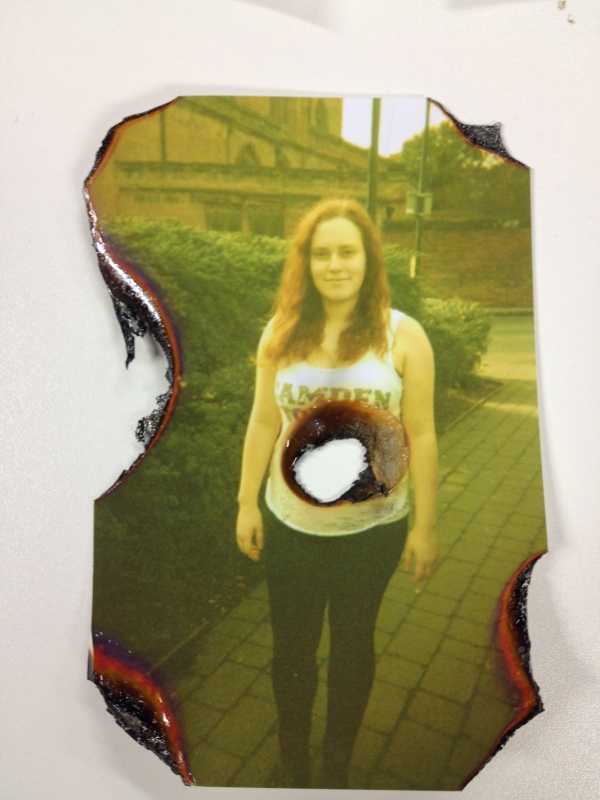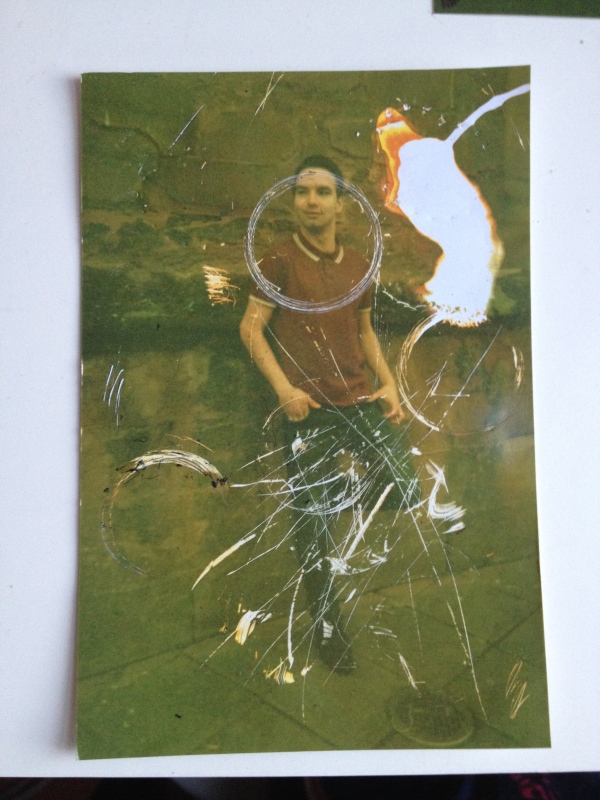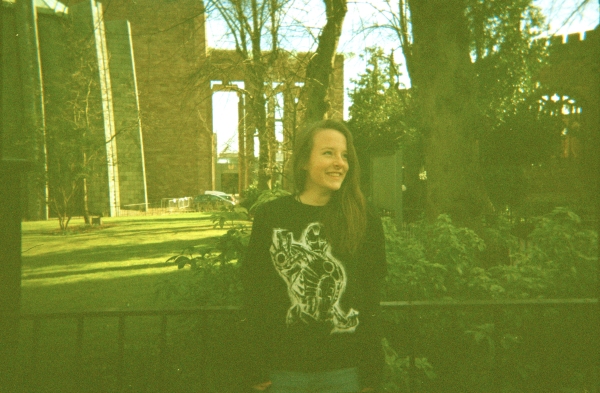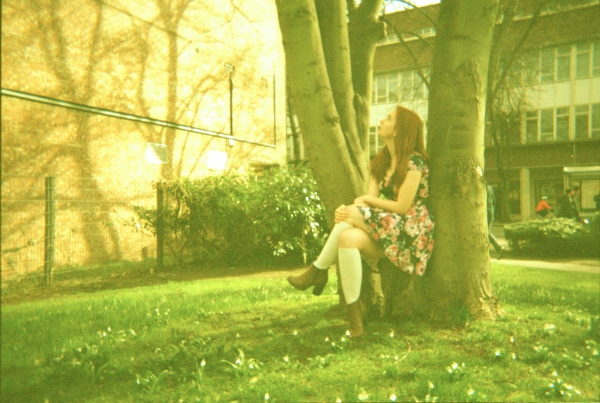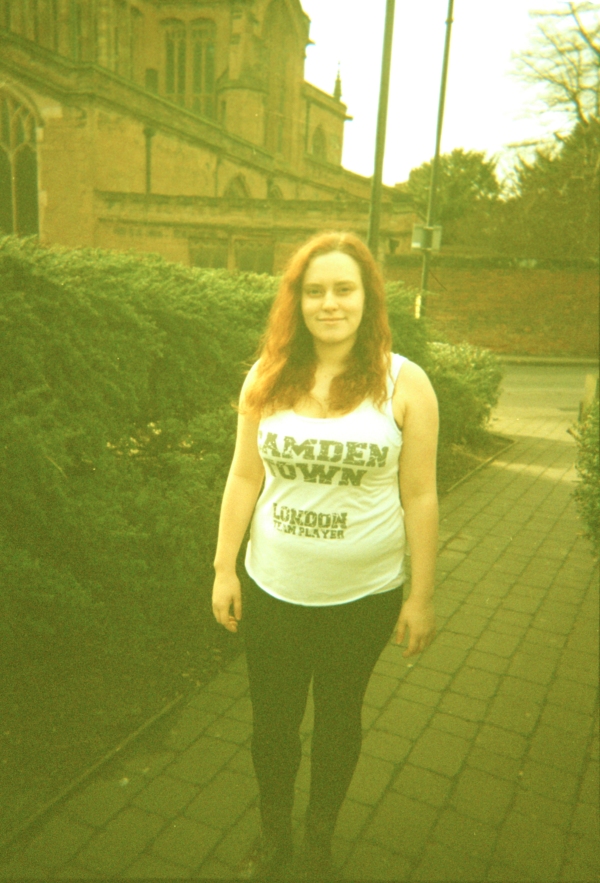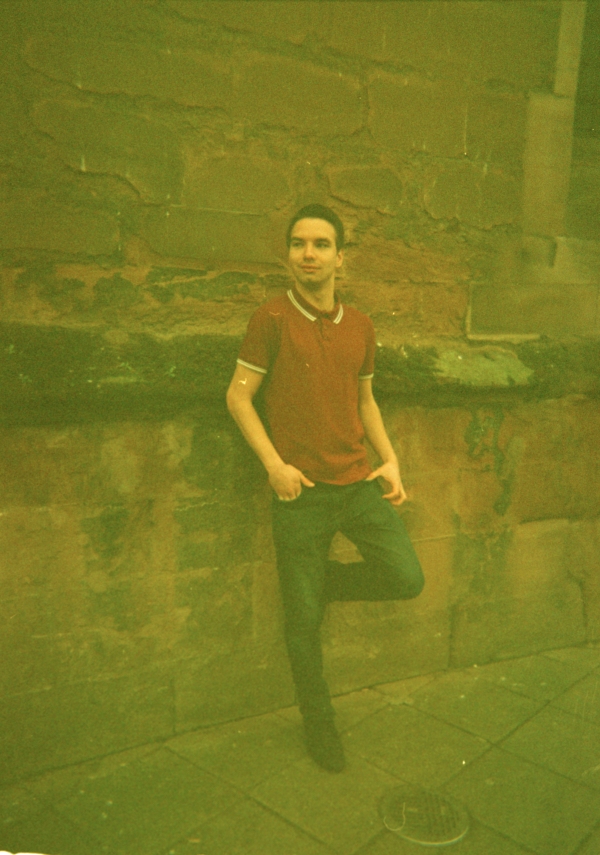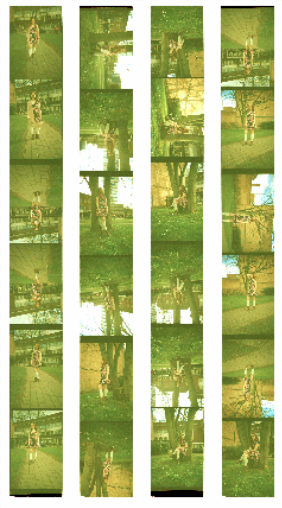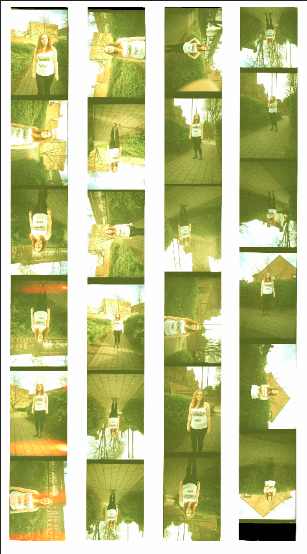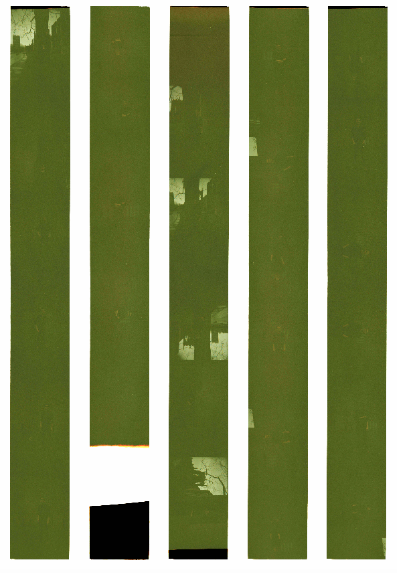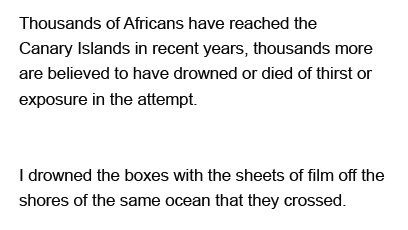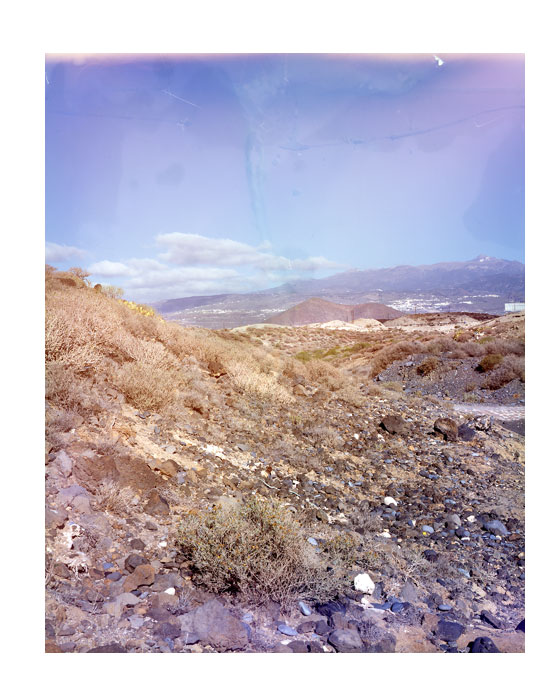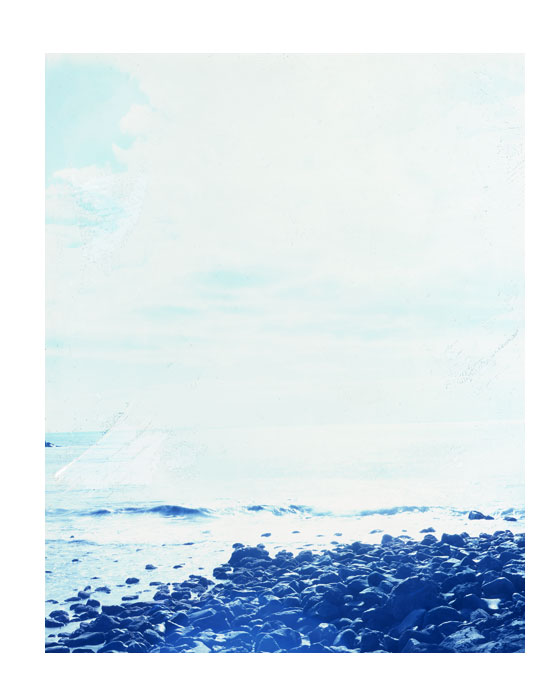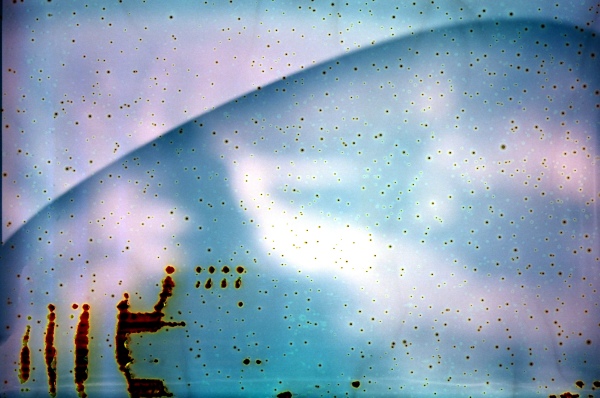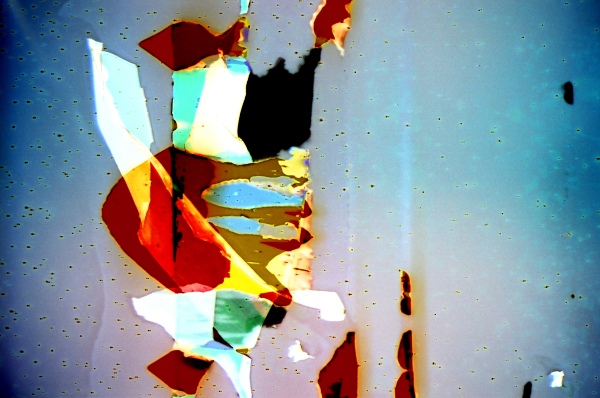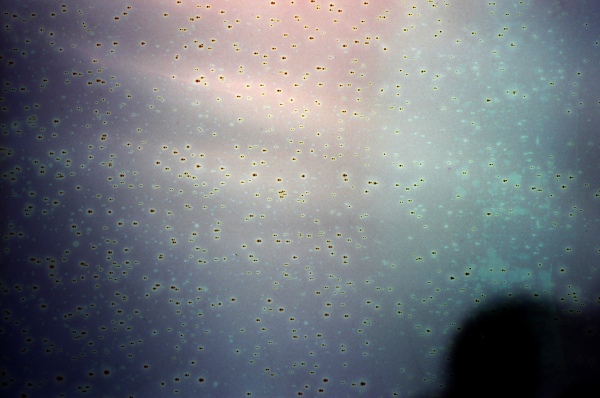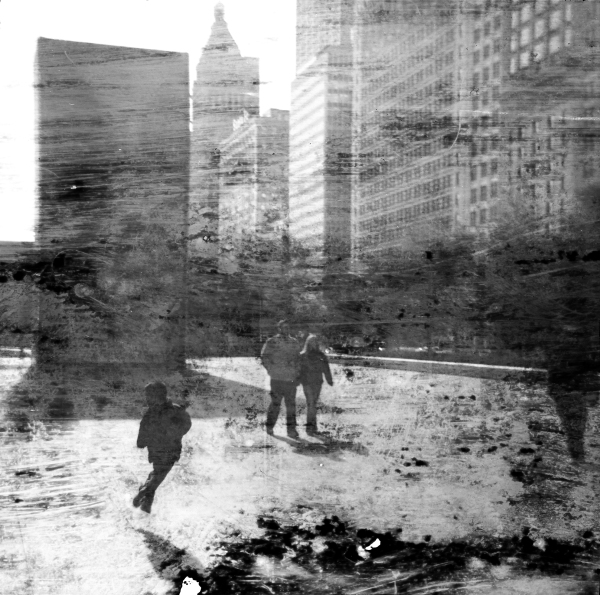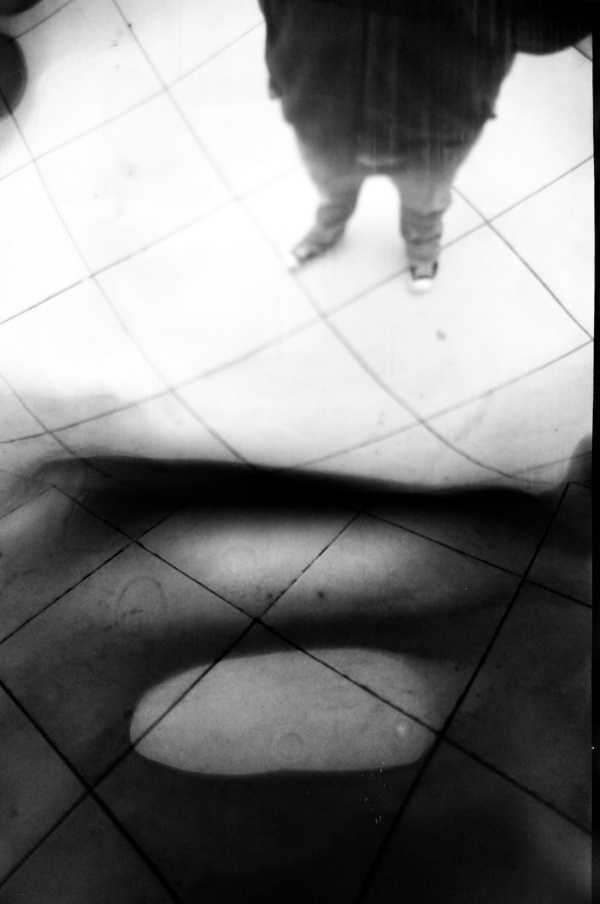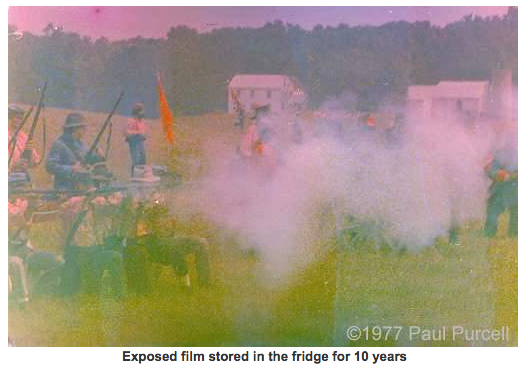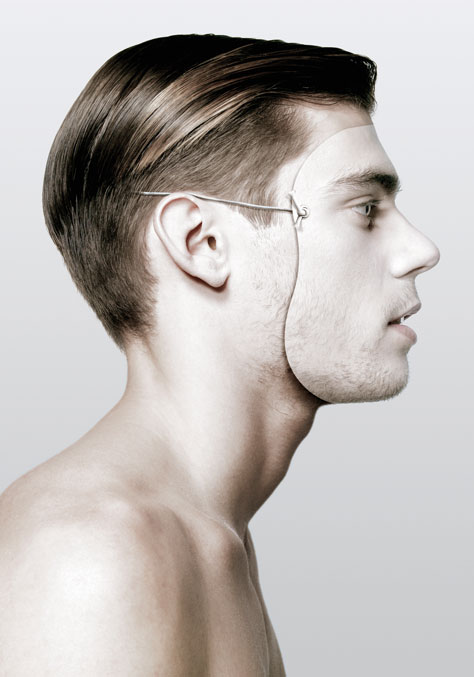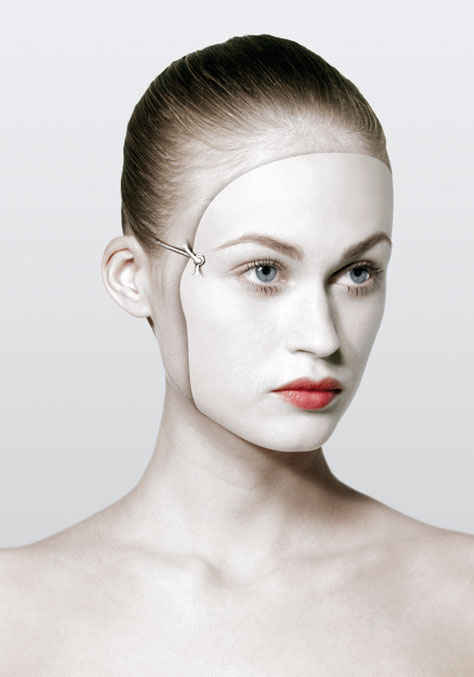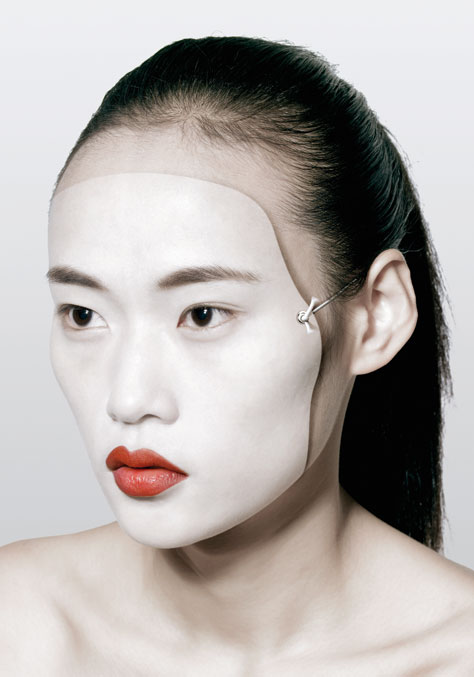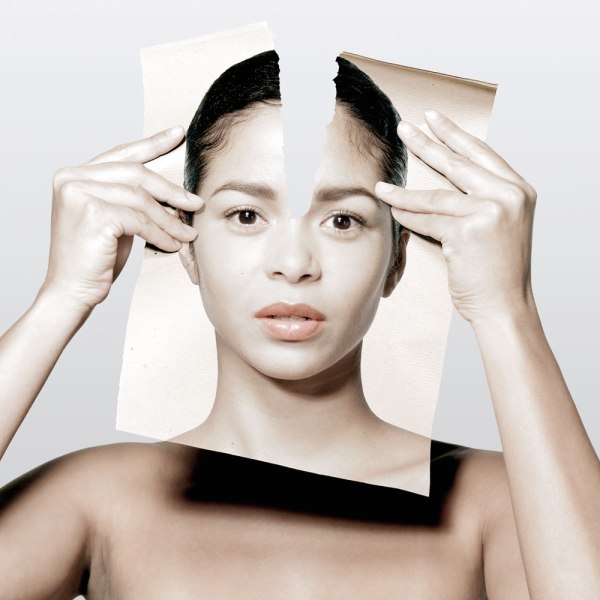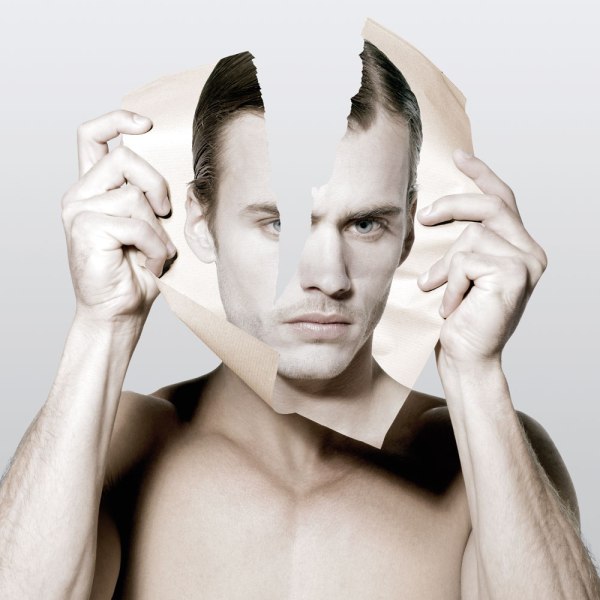Having conducted my research, I felt it was time I sorted out the logistics of how I wanted to shoot my images.
First: Locations
The location of where to shoot was important to me. I didn’t want it to look too recognisable as Coventry City Centre and I struggled to find somewhere outside of Coventry that I could shoot and get all my models to with ease. So I was left to try and find a few locations in Coventry that I could disguise as else where to the untrained eye. I knew it needed to be outside too, since I wanted them to be in a public setting in order to portray the identity they adopt when in such a situation.
I decided on three locations in the end:
Location 1: Hill Street.
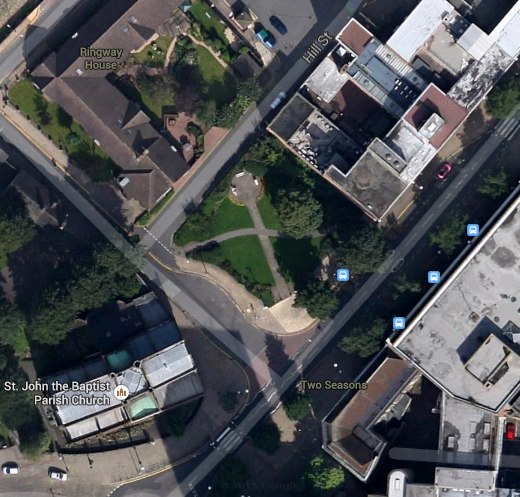
The small patch of green at the bottom of Hill street seemed like the perfect secluded area to shoot a few people. There were a couple of angles I was able to make use of and I think I managed to shoot the images so none of them looked similar.
Location 2: Priory St.

This location was a little harder because I had the university square to contend with in the backdrop, so I had to stick to framing away from the university buildings. It was harder than the first location as there was less space to work with that wasn’t recognisable, but I think I managed to make it work.
Location 3: Cathedral lanes.
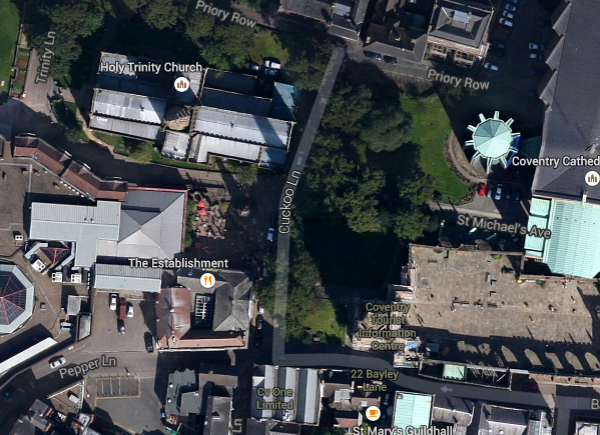
I decided to shoot on the cobblestone lane between Godiva Square and the Cathedral because it was quieter, had the sort of backdrop I wanted, and I was able to pick a few different positions for shooting as there wasn’t so much that is recognisable in that area.
Second: Reasoning/Method
The second issue I had to sort out was how I wanted to shoot each person. For my preparation I asked each of my 6 models to tell me something physical that they felt represented their identity, as well as something they disliked about themselves. I got quite a range of responses.
Libby:
“Jewellery or make up represents my personality.”
“I don’t like my skin.”
Tom:
“I go out drinking an awful lot, so I guess alcohol?”
“I’d say that it’s one thing being good at football and squash, and being able to act and sing, but I really wish I could dance :(“
Suzie:
“My smoking.”
“I don’t like my stomach, but my hair is annoying sometimes too.”
Sophie:
“I do like food.”
“I don’t like that I have to wear my glasses to feel ‘normal’ or ‘myself’.”
George:
“My lighter maybe? It’s been awhile since I’ve brought it and used it.”
“Anxiousness. This. I want to get rid of this! And my spaghetti arms.”
Emily:
“I like that I am Creative/I like writing and books.”
“I have a massive nose and forehead.”
I found it really interesting the answers I got, as some people really struggled to come up with something that represented themselves, and easy to come up with a dislike, where as for some of them, it was the other way round. However, the answers they gave me were really helpful in working out how to shoot them all. For example, Sophie I will shoot closer to her face as her focus area is her glasses, whereas for Tom, it’ll be his whole body, since in dancing you use your whole body. It also works out well at giving me a range of options for the final images so they don’t all look too similar.
Now that I’ve worked these kinks out of my planning, I will be able to shoot much easier. One final thing I found though that has inspired my production of my idea was this quote:
“There is a certain way of being human that is my way. I am called upon to live my life in this way, and not in imitation of anyone else’s. But this gives a new importance to being true to myself. If I am not, I miss the point of my life, I miss what being human is for me. […] Being true to myself means being true to my own originality, and that is something only I can articulate and discover. In articulating it, I am also defining myself. I am realising a potentiality that is properly my own.” – Charles Taylor.
I felt it really captured what I’m trying to portray throughout my project and I will definitely keep it in mind when shooting and processing my images in post, as it will hopefully inspire me to create high quality images.

